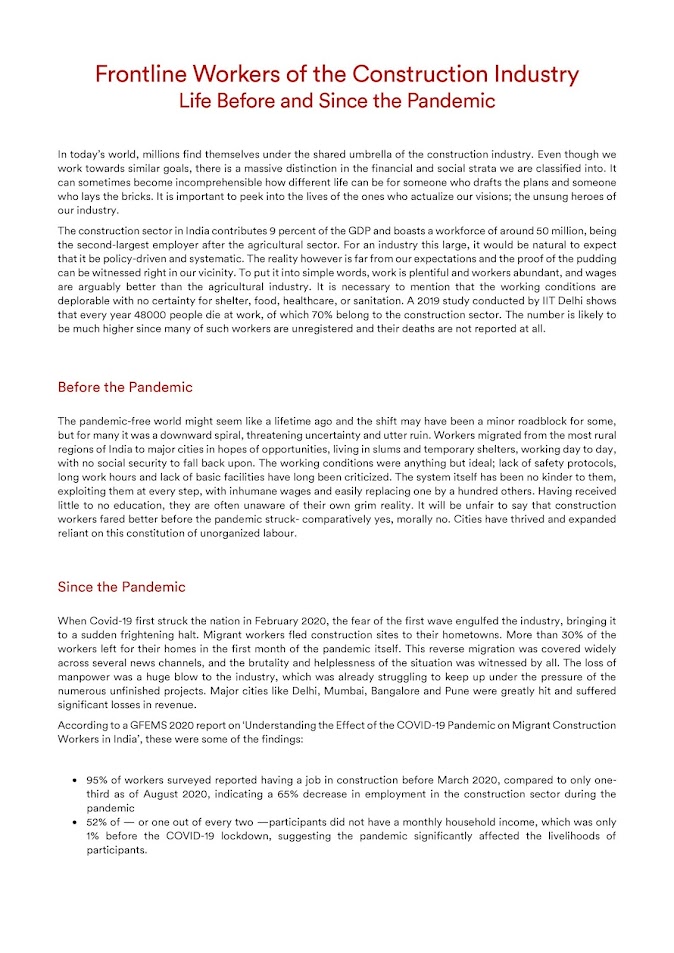Moradabad: The Kingdom Of Brass
Moradabad The Kingdom of Brass Moradabad, originally known as Chaupala, is a major industrial city in Uttar Pradesh and also one of India’s largest export hubs. On the banks of the river Ram Ganga (a tributary of the great Ganges), it grew from a mud-brick fort into the city as we know it today. Moradabad is also often referred to as the ‘Brass Capital of India’ as the city is renowned for its brass work and has carved a niche for itself in the handicraft industry. The brassware is exported to countries like the USA, Britain, Canada, Germany, the Middle East and Asia. History Chaupala was earlier a stronghold of the Katehria Rajputs, however, very little remains of the settlement from this period. Under the Mughal Empire, Chaupala was the seat of a pargana (former administrative unit of the Indian subcontinent). It is mentioned in Ain-i-Akbari as being part of the ‘sarkar’ of Sambhal. It produced revenue of 1,340,812 dams (small Indian copper coin introduced by Sher Shah Su...
